Buy the photo Wild Boar (Sus scrofa) by Ronald Pol on canvas, ArtFrame, poster and wallpaper, printed on demand in high quality.
About "Wild Boar (Sus scrofa)"
by Ronald Pol
About the artwork
The Wild Boar (Sus scrofa) is a robust, omnivorous mammal and the wild ancestor of the domestic pig. It has a sturdy build, a short snout, and coarse, bristly fur that ranges from grayish-brown to black. Adult males have prominent tusks, used for defense and foraging.
Wild Boars are native to large parts of Europe, Asia, and North Africa, and have been introduced by humans to regions like the Americas and Oceania. They thrive in diverse habitats, including deciduous and mixed forests, grasslands, marshes, and agricultural areas. Their adaptability enables them to survive in a wide variety of environments.
Wild Boars are omnivores with a highly varied diet, consuming roots, tubers, fruits, insects, small animals, and carrion. Their powerful snouts allow them to root in the soil, an activity that plays a crucial ecological role by aerating the ground.
They live in social groups, typically composed of females and their offspring. Males are usually solitary, joining groups only during the mating season. Wild Boars are primarily crepuscular and nocturnal, which helps them avoid predators.
While often seen as pests due to their crop damage, Wild Boars play an important role in ecosystems by dispersing seeds and influencing soil structure. Their resilience and ecological impact make them a key species in their native habitats.

About Ronald Pol
Ronald Pol (1977) is a nature photographer from Deventer, the Netherlands. It was during a trip to Africa that his passion for nature photography started. The main focus is on the photography of animals (portraits and behaviour), but a variety of other subjects are photographed as well... Read more…
 Netherlands
Netherlands Ordered in March 2024
Ordered in March 2024
 Germany
Germany Ordered in July 2022
Ordered in July 2022
 Germany
Germany Ordered in April 2023
Ordered in April 2023
 Netherlands
Netherlands Ordered in February 2019
Ordered in February 2019

 Netherlands
Netherlands Ordered in June 2021
Ordered in June 2021
 Germany
Germany Ordered in June 2022
Ordered in June 2022
 Netherlands
Netherlands Ordered in February 2025
Ordered in February 2025
 Germany
Germany Ordered in February 2025
Ordered in February 2025
 Germany
Germany Ordered in November 2019
Ordered in November 2019
 Netherlands
Netherlands Ordered in December 2024
Ordered in December 2024
 Germany
Germany Ordered in November 2020
Ordered in November 2020
 Netherlands
Netherlands Ordered in May 2020
Ordered in May 2020
About the material
ArtFrame™
Interchangeable Art Prints
- High-quality print
- Easily interchangeable
- Acoustic function
- Large sizes available
Discover the artworks of Ronald Pol
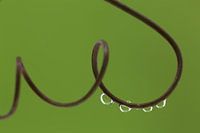 Water drops on the tendril of a Passion FlowerRonald Pol
Water drops on the tendril of a Passion FlowerRonald Pol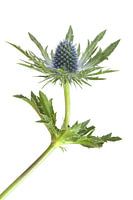 Thistle against a white backgroundRonald Pol
Thistle against a white backgroundRonald Pol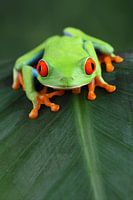 Red-Eyed Tree Frog (Agalychnis callidryas)Ronald Pol
Red-Eyed Tree Frog (Agalychnis callidryas)Ronald Pol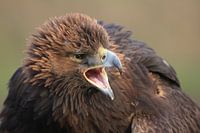 Golden Eagle (Aquila chrysaetos)Ronald Pol
Golden Eagle (Aquila chrysaetos)Ronald Pol Dwarf Beardless Iris against a white backgroundRonald Pol
Dwarf Beardless Iris against a white backgroundRonald Pol Dwarf Beardless Iris against a white backgroundRonald Pol
Dwarf Beardless Iris against a white backgroundRonald Pol Pink Calla lily against white backgroundRonald Pol
Pink Calla lily against white backgroundRonald Pol Fog above the river IJsselRonald Pol
Fog above the river IJsselRonald Pol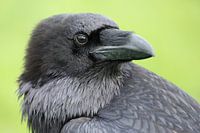 Common Raven (Corvus corax)Ronald Pol
Common Raven (Corvus corax)Ronald Pol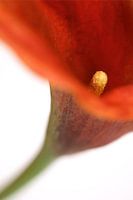 Red Calla lily against white backgroundRonald Pol
Red Calla lily against white backgroundRonald Pol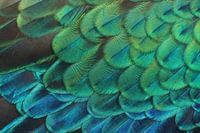 Feathers of a Green PeafowlRonald Pol
Feathers of a Green PeafowlRonald Pol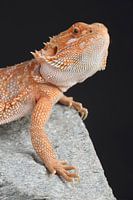 Central Bearded Dragon (Pogona vitticeps)Ronald Pol
Central Bearded Dragon (Pogona vitticeps)Ronald Pol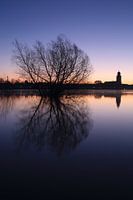 View on Deventer just before sunriseRonald Pol
View on Deventer just before sunriseRonald Pol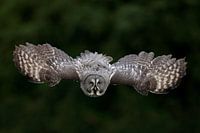 Great Grey Owl (Strix nebulosa)Ronald Pol
Great Grey Owl (Strix nebulosa)Ronald Pol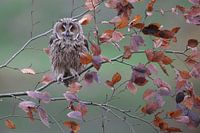 Long-eared Owl (Asio otus)Ronald Pol
Long-eared Owl (Asio otus)Ronald Pol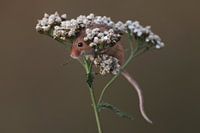 Eurasian Harvest Mouse (Micromys minutus)Ronald Pol
Eurasian Harvest Mouse (Micromys minutus)Ronald Pol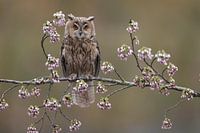 Long-eared Owl (Asio otus)Ronald Pol
Long-eared Owl (Asio otus)Ronald Pol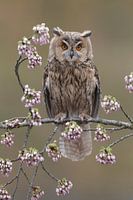 Long-eared Owl (Asio otus)Ronald Pol
Long-eared Owl (Asio otus)Ronald Pol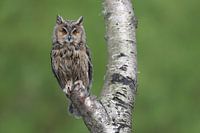 Long-eared Owl (Asio otus)Ronald Pol
Long-eared Owl (Asio otus)Ronald Pol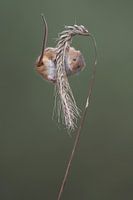 Eurasian Harvest Mouse (Micromys minutus)Ronald Pol
Eurasian Harvest Mouse (Micromys minutus)Ronald Pol
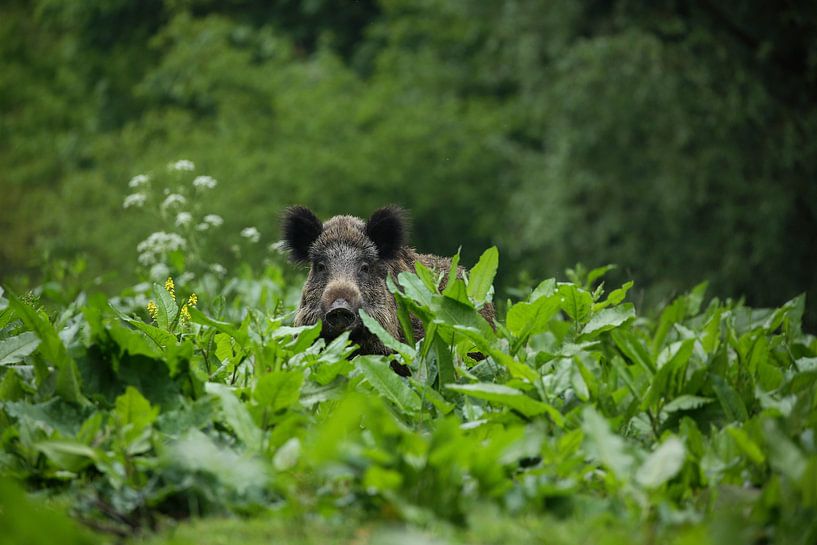












 Animals
Animals Forest
Forest Mammals
Mammals Nature photography
Nature photography Photo wallpaper
Photo wallpaper Photography
Photography Pigs
Pigs Serene Peace
Serene Peace Wildlife photography
Wildlife photography









